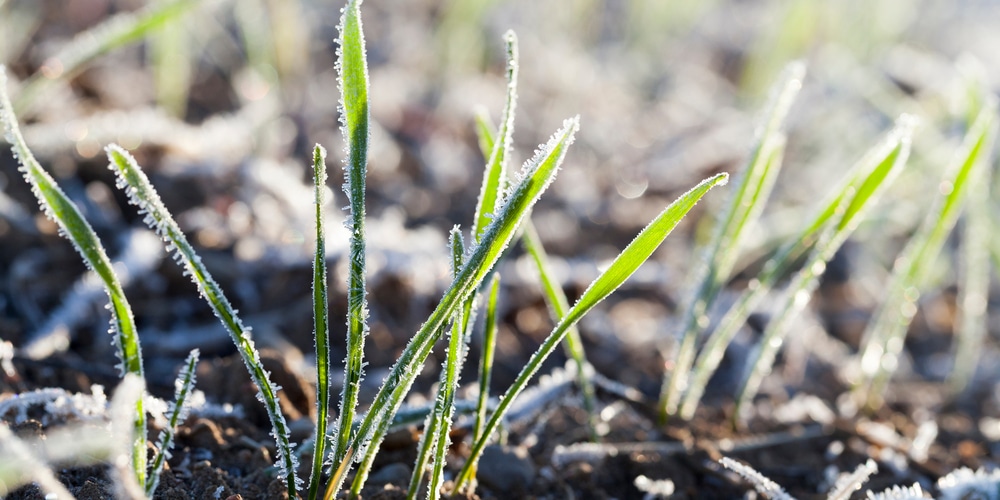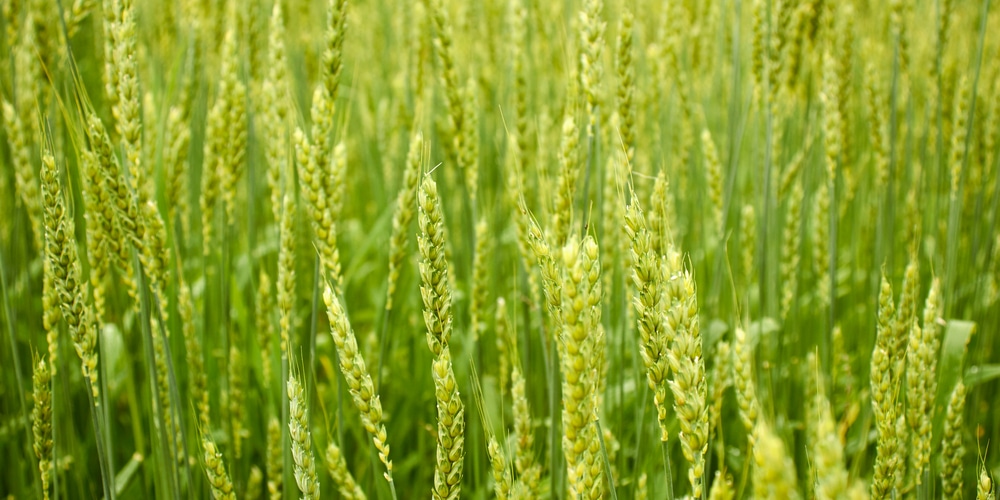When it comes to managing a food plot for deer, many hunters wonder whether to plant winter wheat or rye for deer. Winter wheat is an excellent source of food for whitetail deer and other species.
Planting patches of ryegrass amongst your winter wheat is a good idea as it will provide areas for the deer to sleep. By planting two crops, you’ll encourage the deer to stick around rather than just visit your land during the day to feed. Let’s look at which crop would provide the best incentive to come to visit a food plot.
Winter wheat or Rye for Deer?
Winter wheat and ryegrass are both cool-season crops that can be planted in the fall and, once established, will provide food and shelter for deers throughout the winter. Here are the benefits of planting winter wheat and ryegrass if you want to attract deers to your pasture.
Winter wheat
Winter wheat is planted in the fall and will sprout to start growing reasonably quickly. By winter, the crop should provide food for deer to eat. Winter wheat can provide excellent feeding opportunities all winter long. Deer gnaw off the tender shoots until they get down to the roots. After this happens, deer will typically move on to other food sources. Here’s when to plant winter wheat for deer, if that’s what you choose to go with.
Ryegrass
Winter wheat can provide an excellent source of nutrition for deer, but when it comes to the rest of the winter, ryegrass has a leg up on winter wheat in terms of its benefit to deer. Ryegrass is planted in the fall and will grow in September and October in most areas. By late fall to early winter, ryegrass is a lush green and provides a tasty treat to whitetails.
Rye is a grazing crop, meaning deer will feed on it all winter long. Rye creates very little waste when eaten by deer because it will regrow once it has been cut with their teeth.
Combination planting
Winter wheat can be a wonderful food source for your deer but consider planting some ryegrass seed into your overall habitat plan. The combination of these two plants creates an excellent environment for your deer to thrive.
Planting patches of ryegrass amongst your winter wheat will give deers a safe space to bed down. This means that they are more likely to stay on your land for longer periods of time. If you only plant winter wheat, they will most likely come to your pasture to feed and won’t live there all the time.
Conclusion
Winter wheat and ryegrass both provide excellent sources of nutrition for deer. Ryegrass, however, can be cut down repeatedly throughout the winter, and as it’s a cool season, grass will regrow. The combination of these two types of crops is an excellent way to attract deer to your food plots during the winter months. Plant areas of ryegrass amongst your winter wheat so that the deers have somewhere to bed down when they aren’t feeding.

